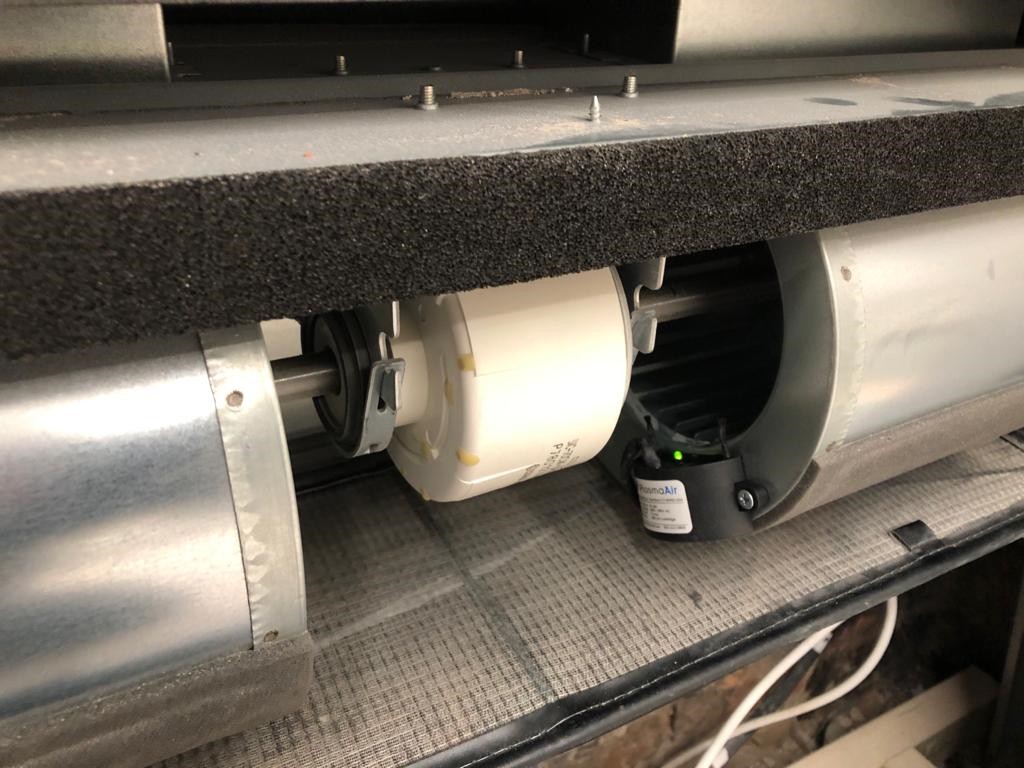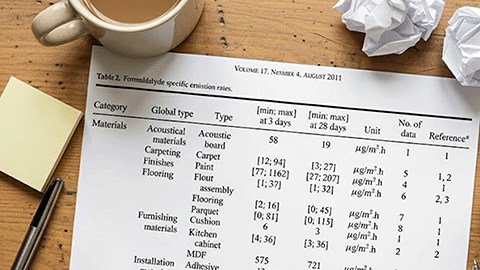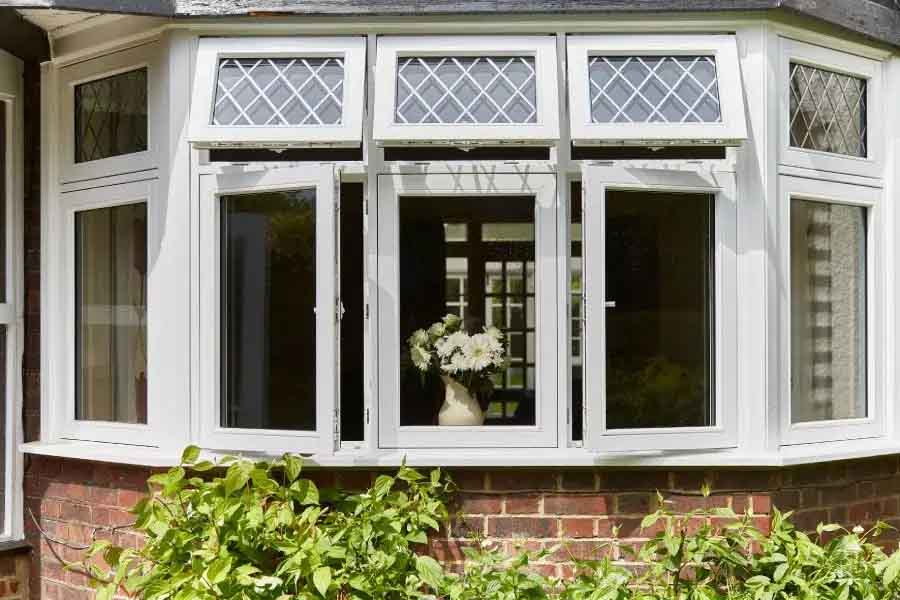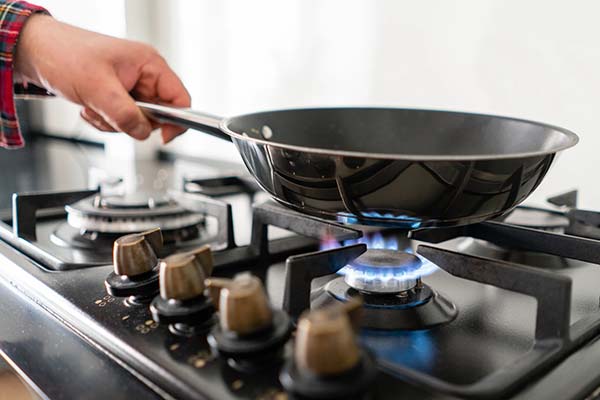Bipolar ionisation put to the test in Madrid
On an infographic displayed on the pier in Weymouth, it explains how Victorian holidaymakers would have visited the seaside town specifically for the clean air. When people book stays in hotels they expect high levels of cleanliness within the rooms. A room with no odour is a given but increasingly discerning customers will demand high quality air in their rooms. In the Asia-Pacific region, outdoor air is often highly contaminated, for this reason, clean air is viewed as a luxury rather that the human right it should be. The desire to escape the pollution means that it is possible to upgrade your room at check-in to include air purification systems.
Hotel rooms themselves are challenging spaces when it comes to delivering good air quality. No-one has the time to take a 30 minute bath at home or an extra-long shower but when in a hotel, it’s worth treating yourself. The moisture from that, and towels from the gym and spa creating excess humidity means that adequate ventilation and dehumidification is critical. Frequent cleaning and the desire to mask odours means that cleaning products can leave high levels of volatile organic compounds (VOCs) in the rooms. Frequently washed and changed bedding releases large amount of lint into the air. As well as being a respiratory irritant for humans, lint is a challenge for HVAC systems fitted to these spaces, rapidly clogging filters, and decreasing the efficiency of coils.
Because of the low air change rate inside hotel rooms, a room recently vacated by an infectious COVID-19 sufferer could potentially contain a high level of viral particles in the air and fomite depositions on surfaces, these present a risk to the housekeeping team. Hotels are currently leaving extended amounts of time between guests checking out, and the housekeeping team heading in to clean and make-up the rooms, this reduces the ability for guests to request late checkout. Settling times for infectious droplet nuclei <5µg is likely to exceed the time that a room that is left vacant between guests, so these potentially pose a risk to staff and guests long after an infectious person has left the hotel.
In May 2020, in a hotel room in Madrid, bi-polar ionisation systems were independently tested by INTA, the Spanish National Institute for Aerospace Technology and Tayra, the Spanish Plasma Air Distributor.
A Plasma Air PA600 device was fitted to the outlet of a fan coil serving the hotel room.

A SARS-CoV2 surrogate, MS2 Bacteriophage was aerosolised into the room air via a nebuliser.
Air samples via a solid bio sampler and surface swabs were taken and the analysis of the results was carried out at the laboratories of INTA.
After just 10 minutes, the concentration of bacteriophage in the air captured by the solid bio sampler showed a log two (99%) reduction compared with the control. Surface swab samples taken from surfaces around the room showed an ~80% reduction in bacteriophage counts on surfaces.
MS2 bacteriophage is readily used for viral aerosol studies to determine the efficacy of devices used to remove viral particles from the air. MS2 bacteriophage is classified as very low risk to the testers and community and is also very resistant to desiccation, which is critical for aerosol studies.
Viruses cannot replicate outside of a host, so one way of testing for their presence is by choosing a virus that infects enteric bacteria. Testing carried out at Porton down and published in 20131 used MS2 bacteriophage as a method for testing the efficacy of facemasks.
In September 2020, testing conducted in cooperation with Nagasaki University in Japan2 demonstrated that in a small 3 litre test chamber aerosolised SARS-CoV2 concentration was reduced by 91.3% when exposed to Bi-Polar ions.
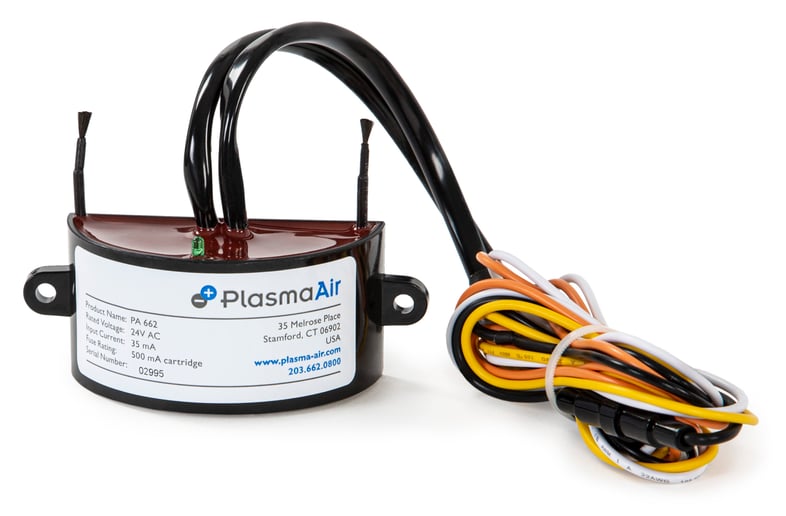
Bi-Polar ionisation systems are placed inside the HVAC system to give an electrical charge to the air passing through them. The electrical charge creates a plasma (an energised gas) containing positive and negative ions which are then distributed throughout the space. Where these charged molecules encounter particles in the space, they give over their charge. When the particles in the room have opposing charges, they are attracted to each other causing the particles to clump together or agglomerate. This agglomeration process turns particles in the air from being <5µg, and therefore classified as aerosols into >5 µg where they fall out of the breathing zone faster or get removed by low grade filters. Bi-Polar ions also break down the surface proteins of the virus, rendering it inactive. This is particularly helpful for deactivating virus trapped in filters4 . The ions also react readily with VOCs and odours breaking them down into more stable compounds.
Many hotels had adopted Bi-Polar Ionisation systems pre-Covid, the driver for these hotels was enhanced general IAQ. Restaurant and bar areas in hotels can often suffer from unwanted odours; nobody wants to smell last nights steak or curry when tucking into their cornflakes the following morning. Washrooms, changing rooms and gyms are other areas when Bi-Polar ionisation systems can make a big impact.
Hotel chains like Ritz Carlton, Marriott and Four Seasons have recently adopted the technology. They are marketing the fitment of the systems as a way of giving their customers confidence to book in the first place, and to relax once they have checked in.
- https://www.cambridge.org/core/services/aop-cambridge-core/content/view/0921A05A69A9419C862FA2F35F819D55/S1935789313000438a.pdf/testing_the_efficacy_of_homemade_masks_would_they_protect_in_an_influenza_pandemic.pdf
- https://industryanalysts.com/9820_sharp/
- Further reading on the modelling of aerosolised pathogenshttps://www.ncbi.nlm.nih.gov/pmc/articles/PMC4068686/
- https://www.sciencedirect.com/science/article/pii/S0021850216302798
